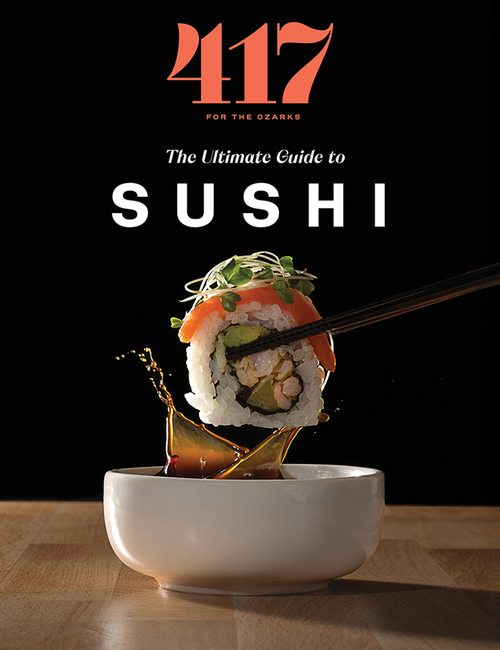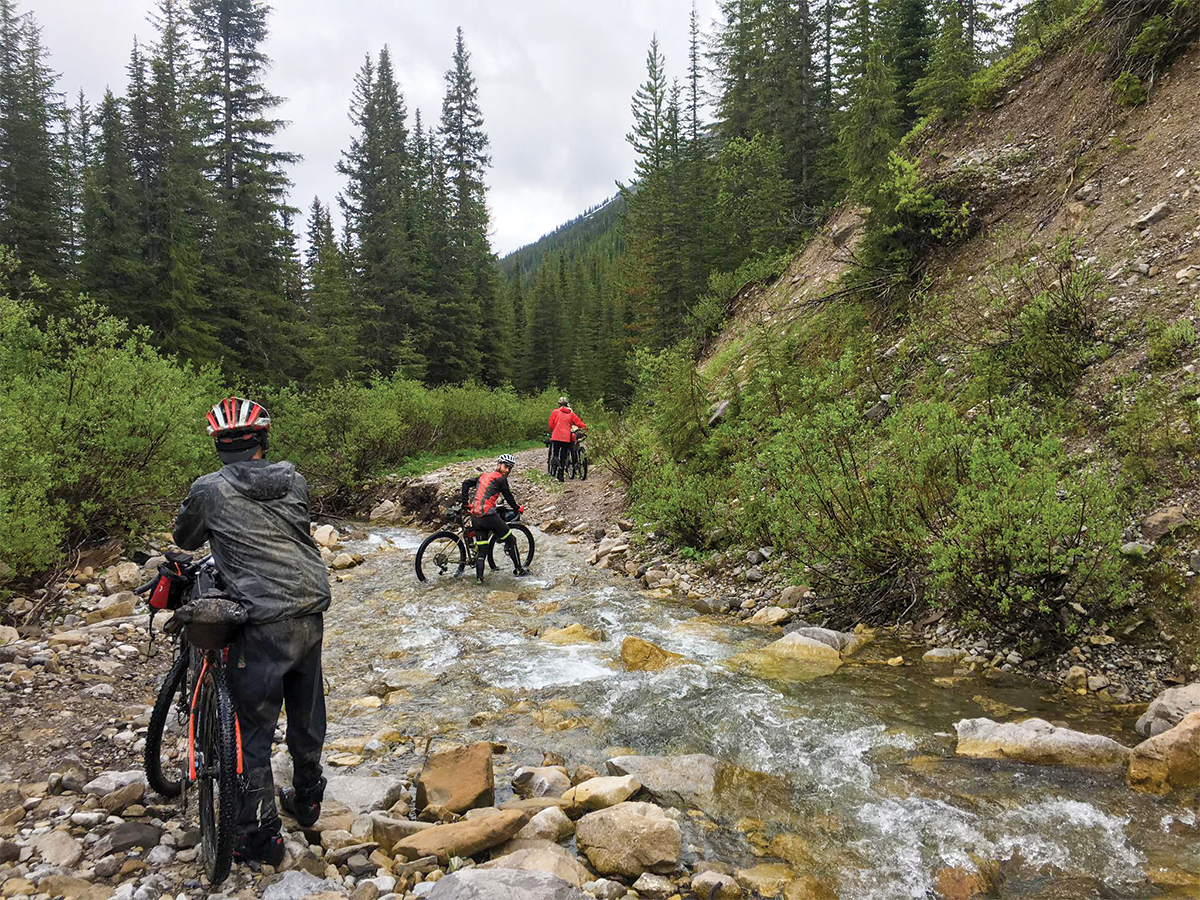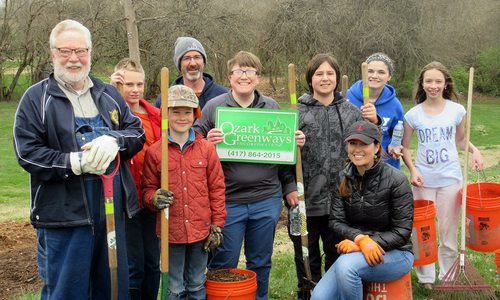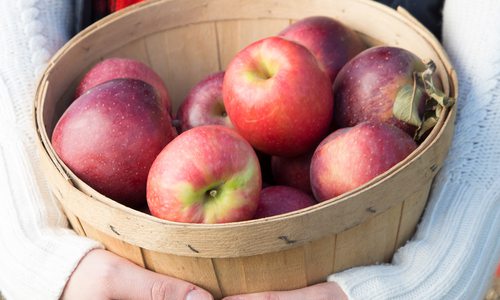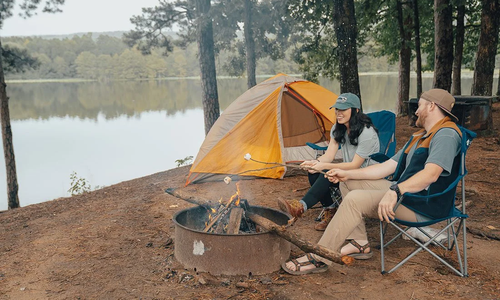Profiles
Two 417-landers Biked From Canada to New Mexico
One route, 2,745 miles and just you and your bike. That’s all there is to the Great Divide Mountain Bike Route. That and a lot of pedaling.
By Ettie Berneking
Aug 2017
How does this sound for a vacation? Pack some gear and bike the 2,745 miles from Alberta, Canada, down to Antelope Wells, New Mexico, as part of the Great Divide Mountain Bike Route. The average completion is three weeks, and first-time finishers Paul Jackson and Jonathan Graif of the Springfield Brewing Co. Cycling Team completed the race in 2016 in 22 days. They biked through forest, mountains and desert and climbed more than 200,000 feet of elevation (the equivalent of reaching the summit of Mount Everest from sea level seven times). We talked with them to learn more about one of the toughest self-supported mountain bike races in the world.
417 Magazine: What appeal is there in long-distance rides for you both?
Jonathan Graif: You try to ride farther and farther. The century [biking 100 miles or more in 12 hours] is what everyone aims for, and to do that back-to-back is a challenge.
Paul Jackson: It’s the same appeal of going on a cruise ship. It’s an experience. It’s not the most fun thing ever, and you have to understand that it’s going to suck.
417: How do you train for this kind of ride?
P.J.: You have to know you can ride between 100 and 200 miles a day. We averaged 120 miles each day.
417: How did the hills compare to what we have here in the Ozarks?
J.G.: It’s more subtle. I know a lot of the guys who ride across the country, and [they] say Missouri is the worst because of the hills.
417: What were common injuries?
P.J.: Some of us had ankle and knee issues. Crashing was the other issue. We made bets on who would crash the most. I usually lose at that. I crashed four times.
417: What was the toughest part?
J.G.: The hardest part was mental. You only have one thing to think of and that’s riding. It gets kind of monotonous. Having someone to talk to and laugh with about crappy situations was really helpful.
P.J.: Figuring out where to get food! You couldn’t pack enough food, so we ate gas station food. Now I know what the best gas station foods are, like those mini pies, and I know what kinds of rice crispy treats to have. There were some days when all I ate was gummy worms. You throw them in your jersey pocket, and they get soft. It’s better than McDonald’s.
417: What was your favorite gas station food?
P.J.: I got frozen pizzas and frozen hand-held burritos and kept them in my jersey. By the end of the day, they were kind of warm. It’s totally disgusting, but people were jealous I had a pizza.
J.G.: You wanted the most calories in the smallest package. I got Sour Patch Kids for extra flavor.
417: Where did you sleep?
J.G.: We camped in someone’s front yard one night and didn’t know it. They came home at 11, and their headlights hit us.
P.J.: Sometimes we stayed at hotels and got to shower, but we mostly camped.
417: How long did you go between showers?
J.G.: It had to have been at least five days. [The temperature] was in the 60s and 70s with no humidity, so we barely even broke a sweat.
P.J.: We smelled bad, but it wasn’t horrible.
417: What was the terrain like?
J.G.: I bet less than 10 percent of the ride was on pavement. It was mostly gravel roads, some double track trails and a small amount of mountain bike trails where you’re walking or weaving between trees.
P.J.: One section in Canada had turned into a river [that was] 8 inches deep, and it was snowing at the same time.
417: How many flat tires did you have?
P.J.: I had tons of flats the first half of the trip but then stopped at a bike shop and got the most gnarly heavy tires I could find and didn’t have any problems after that.
J.G.: Only one! I know a lot of people don’t have any flats the whole ride. Technology is getting so much better. Most tires are tubeless now.
417: How many hours a day were you riding?
J.G.: Our average speed was 10 miles per hour. We tried to get 10 to 12 hours of pedaling in.
P.J.: One day, we woke up at 5 a.m. and didn’t get done until 2 a.m. People talk about dynamic days, and that was one of those.
417: How do you know you’re on the right route while riding?
P.J.: You use a GPX file, and that’s the race route. You can also buy maps. It might say you’ll pass three tall rocks and then turn left. We went off route on accident once and climbed a whole mountain and then realized we were on the wrong road.

